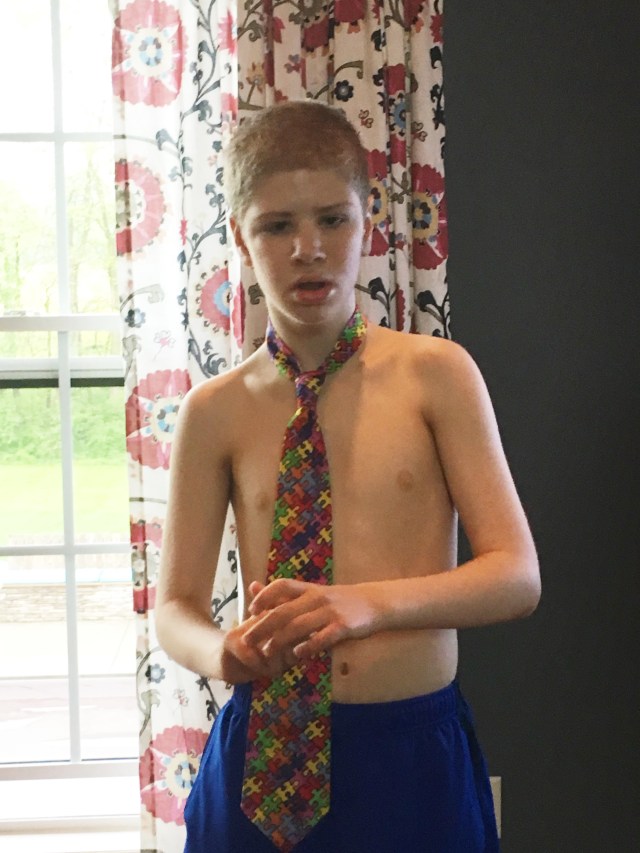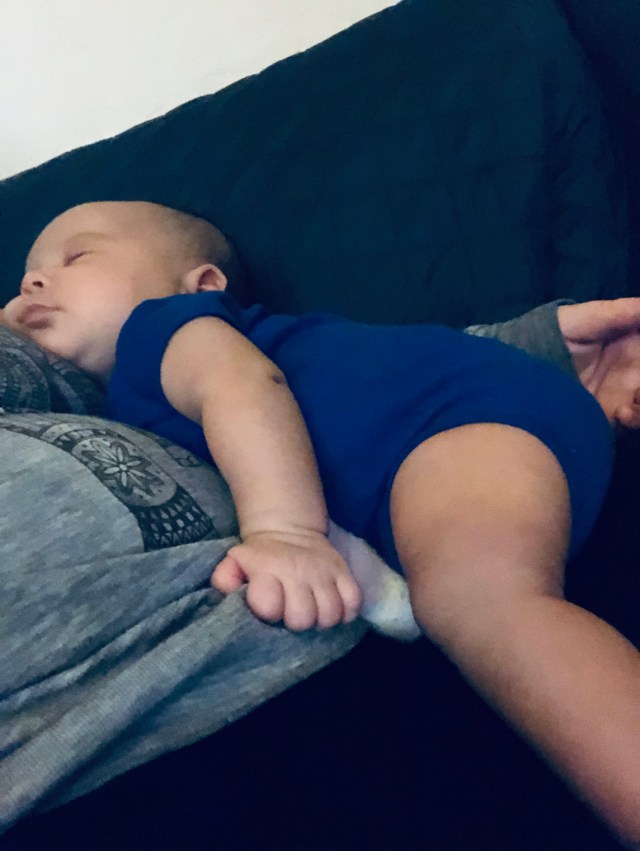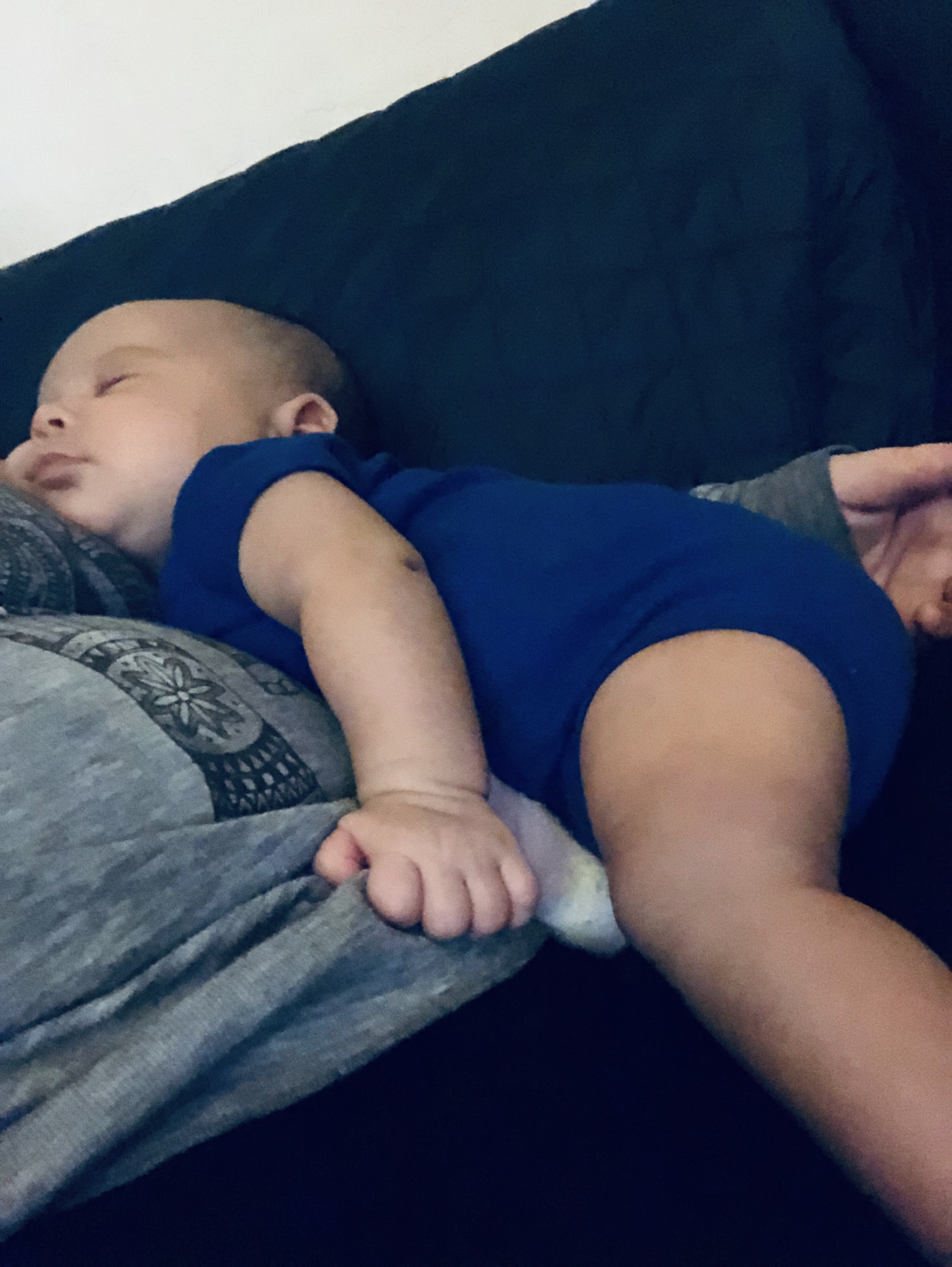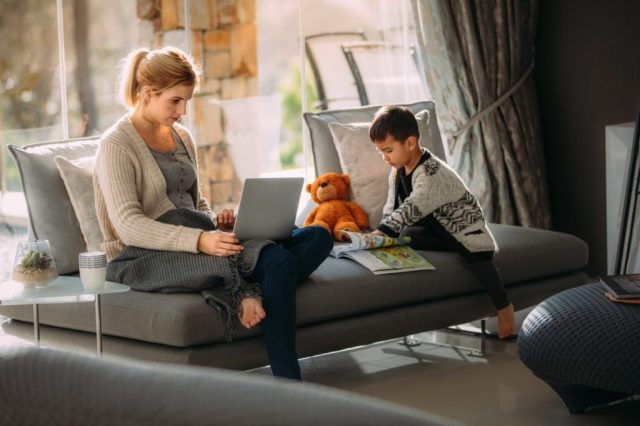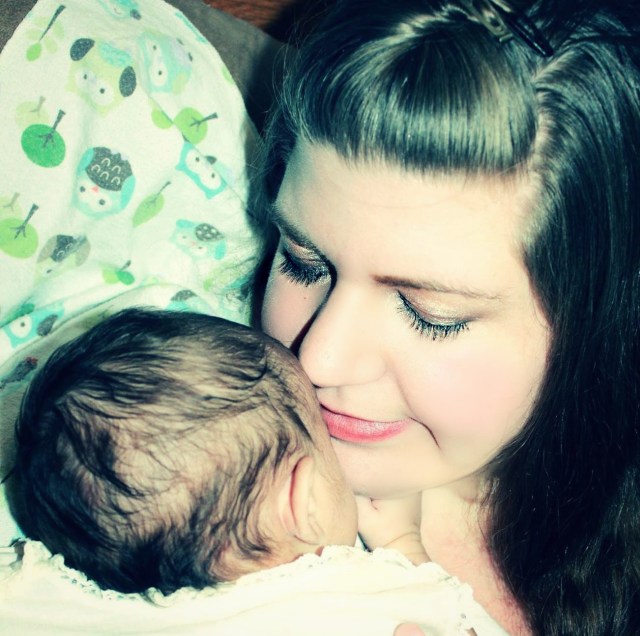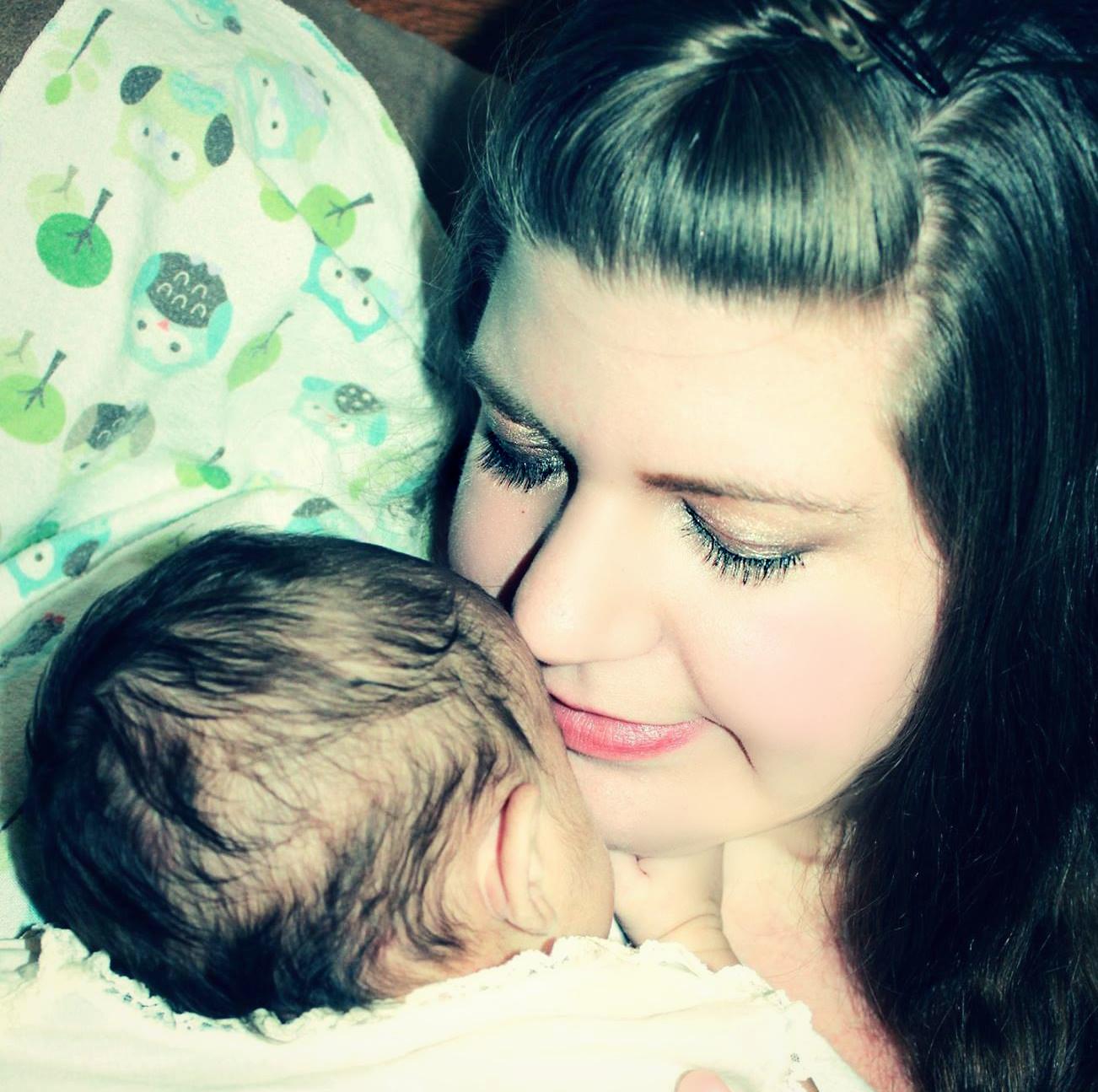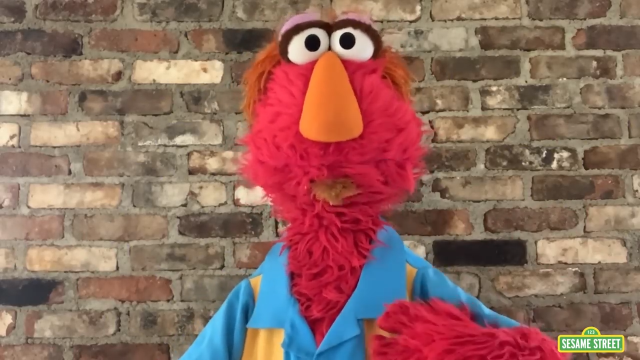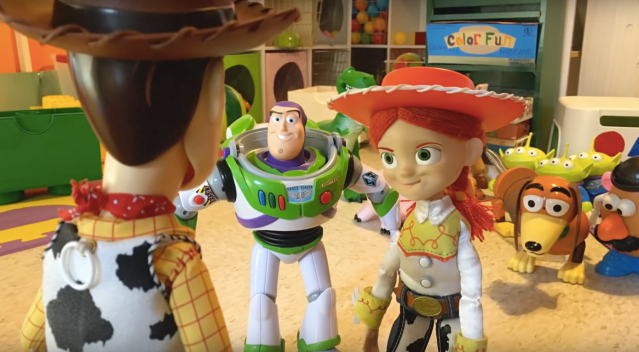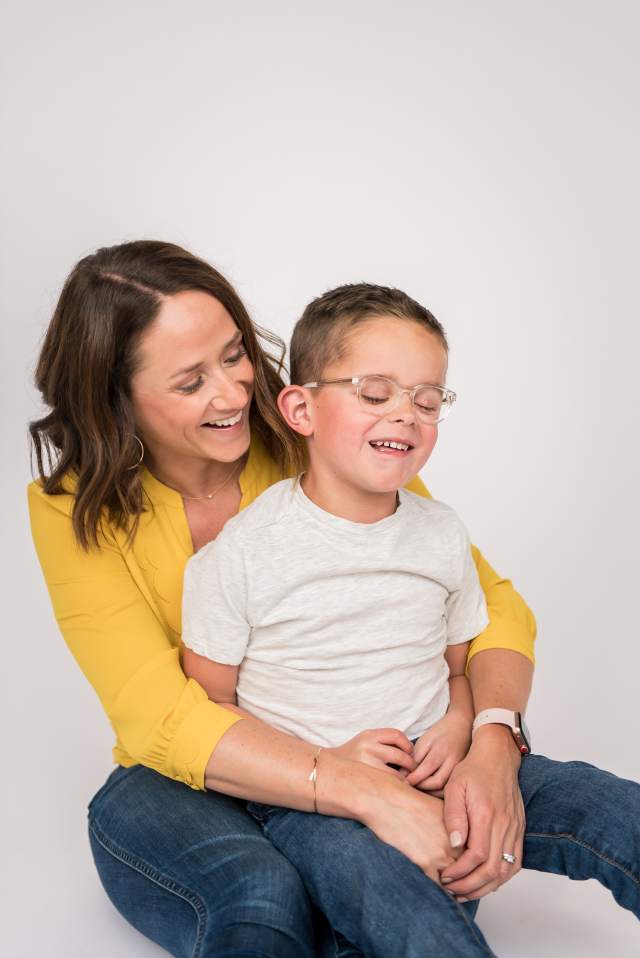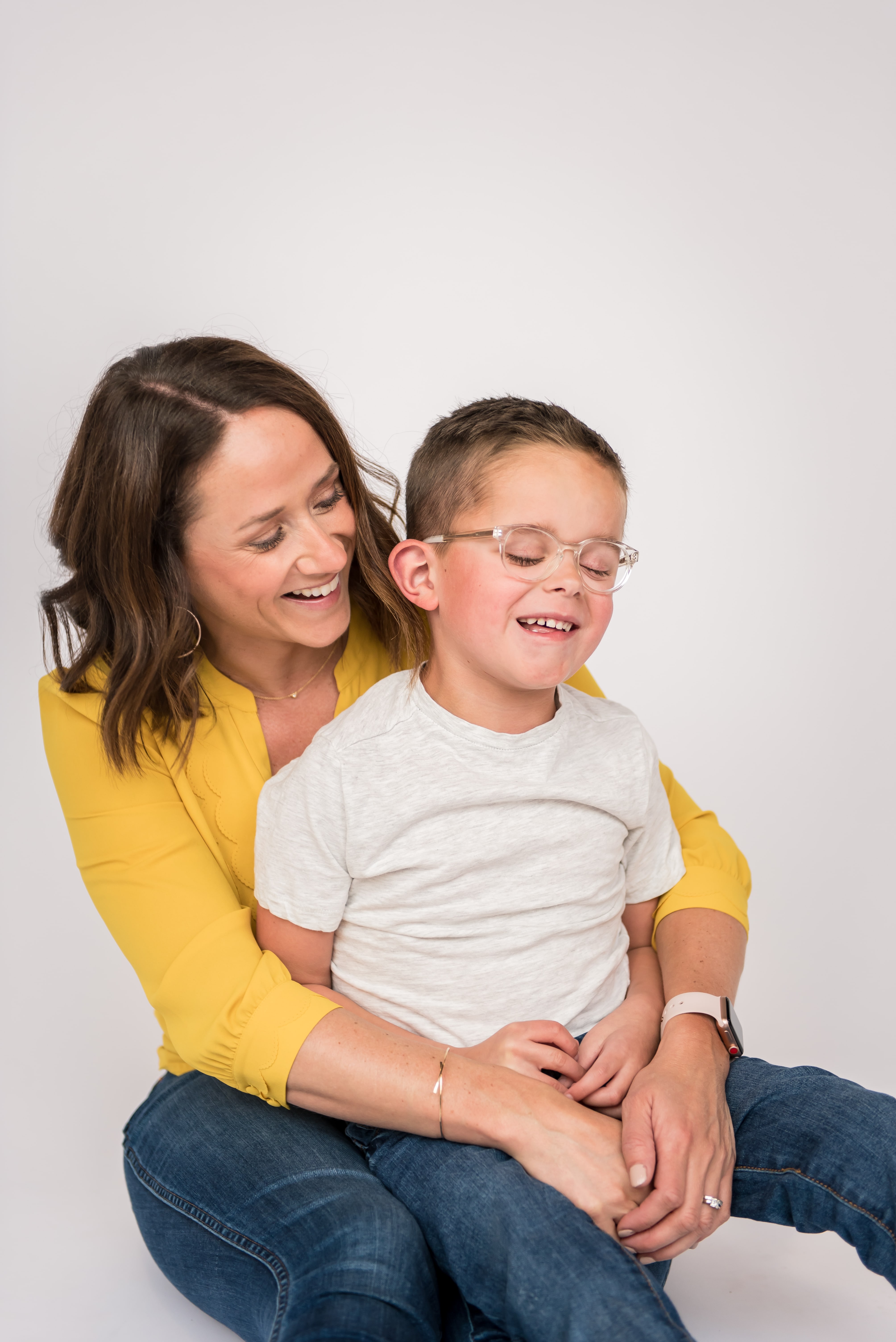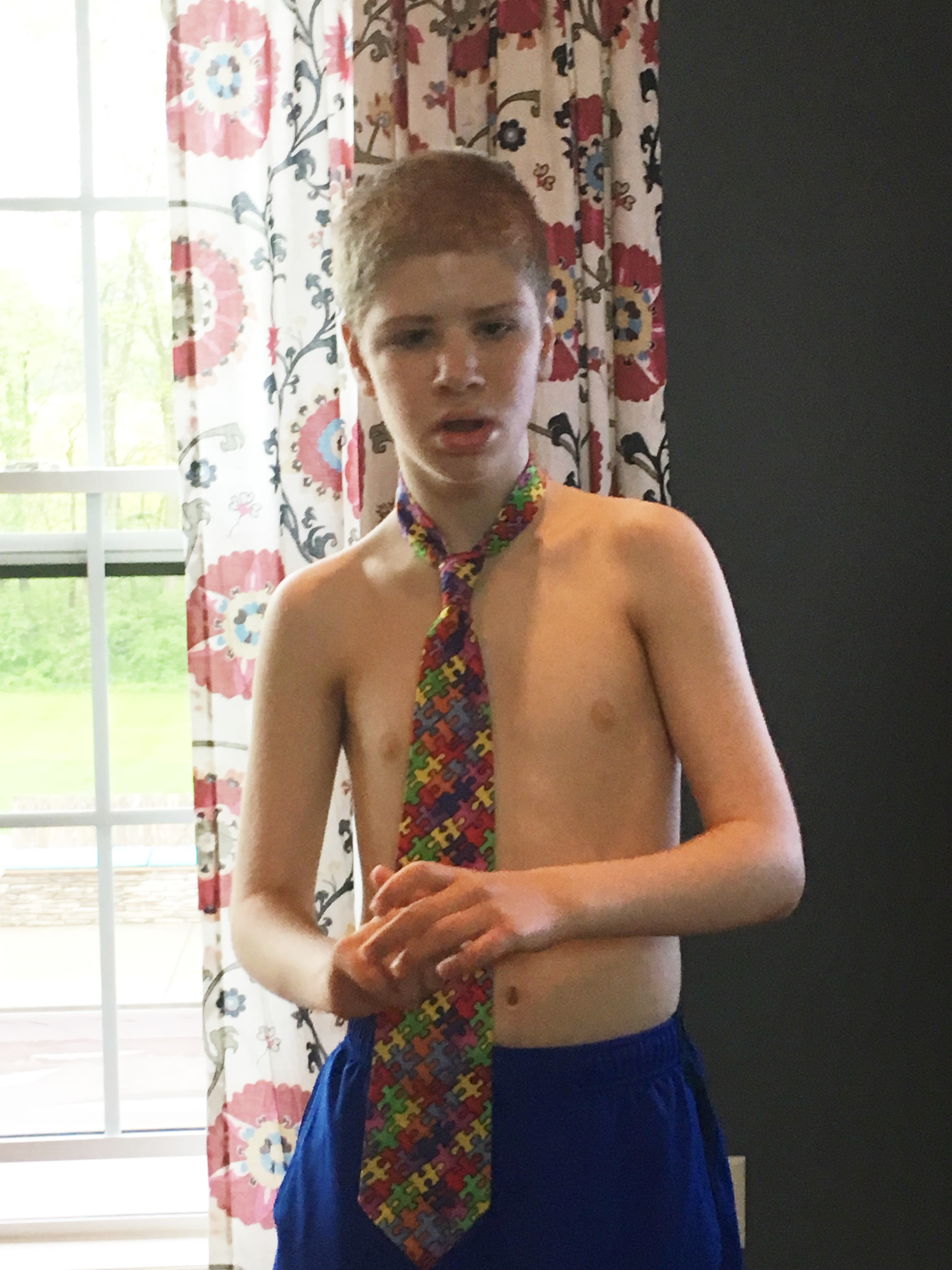
Have you ever purchased a very challenging jigsaw puzzle just for the sheer joy and feeling of accomplishment you’ll get once you’ve successfully assembled it? The larger the number of pieces the better right?
As I stare at those 5,000 pieces dumped onto my countertop and begin sorting and flipping them over, it becomes overwhelming that each individual piece doesn’t tell me anything about the completed picture.
Where do I start? Is the best method for success gathering the corner and edge pieces to form an outline or should I begin dead center and work my way out? It’s hard to comprehend how those thousands of random shapes will fit together to reveal something unique and beautiful—but it always does.
The Autism Puzzle
To me, parenting a child on the autism spectrum resembles that same overwhelming feeling of uncertainty and chaos of scattered puzzle pieces everywhere—which is ironic because the puzzle piece is one of the internationally recognized symbols of autism.
Not knowing where to begin when you can’t easily link together the ‘normal’ pieces of development because those milestones are delayed. You begin to question every intuition and gut feeling you have.
Maybe I’m overreacting.
I’ve gone through the ‘autism characteristics’ checklist and can’t confidently say that’s what I’m seeing.
Our pediatrician doesn’t seem concerned.
Traditionally, parents wait lengthy periods of time for a specialist to shed some light as to what is specifically wrong with their child. We waited over a year.
As our coveted appointment finally arrived, I was cautiously optimistic but ultimately ill-prepared for the matter of fact, uncaring tone by which the autism diagnosis was doled out.
Like rapid-fire, I was told ‘severe autism’ and ushered out of the office with nothing more than a label, an infinite number of unanswered questions, and a grim prognosis for the future.
I know children don’t come with instructions; however, autism families deserve a pamphlet at the very least as minimal preparation for the many challenges that come with raising a child on the spectrum. I would’ve done cartwheels had someone outlined some of the most impactful behavior calming tips, tricks for introducing new foods, or strategies to encourage communication!
Forging Our Own Communication Path
It’s through observation, mimicking, and basic instinct that most children will learn to utter new words and phrases, yet my son lacks those innate capabilities.
Since the well-paved path to a tried-and-true communication plan was (and still is) non-existent, I read every book, tried every therapy, and invested in each method of intervention available back in 2006 with the sole focus on finding my son’s voice.
Sadly, one medical ‘breakthrough’ after another, touting unrealistic promises and guarantees for success, exploited my desperation and left me emotionally and physically devastated.
Then one day it hit me hard. Is the only form of acceptable communication the spoken word? The answer is a hard NO!
He’s already worked extremely hard to be part of a world that makes no sense to him—one that often misunderstands and judges him unfairly, so why would I spend another minute trying to cram his perfectly created individual piece of society into a neurotypical puzzle that he doesn’t fit into?
I need to meet him where he is and learn from his cues. My son was communicating with me with his hands and eyes and has been extremely patient while waiting for me to take notice.
Trust the Process
It has taken years, 16 to be exact, for me to fully appreciate the beauty and lessons found in the differences between my son and his neurotypical peers.
While autism presents like a puzzle, my amazing and intriguing experience has come from learning to help my son assemble his unique pieces in a timeframe and process determined by him. I recognize that his puzzle may take longer to construct, but I will no longer force pieces together that just don’t fit.
Only then can I fully see the masterpiece of him—what he thinks, believes, and enjoys. A unique puzzle unlike anyone else’s in the world.
Life Lessons from a Jigsaw Puzzle
Throughout our life, we are presented with daily opportunities to gather more pieces to contribute to our own individual puzzle. We have no idea how our experiences today are going to mold us and shape us to fit into our completed lifetime picture.
Being autistic does not devalue or diminish my son’s contributions to this world.
We don’t all have to be the same—where we look, walk, talk, think and learn similarly. Of those 5,000 pieces scattered across my countertop, not one is identical but they work together to make the completed product that much more spectacular.
What an incredible feeling of satisfaction when the pieces perfectly slide together—just as they were meant to all along.
